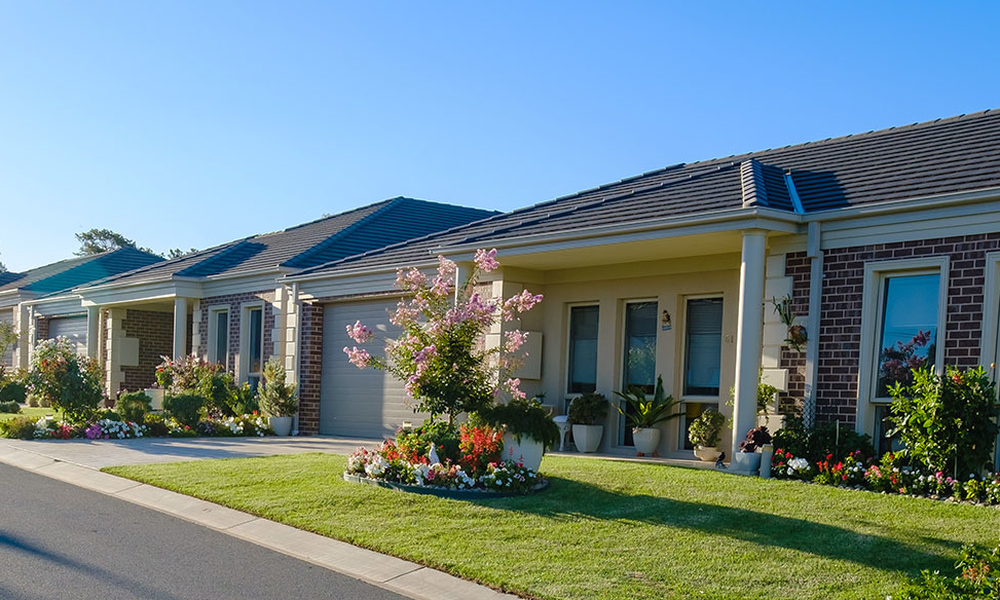Rethinking the Tiny House Movement: A New Era in Affordable Housing
Introduction: In the complex world of real estate, trends come and go, but the Tiny House Movement seems to have staying power. It's a shift towards minimalism and affordability that's making waves globally. This article will delve into the origins of this trend, its impact on the housing market, and potential benefits and challenges for investors and homeowners alike.

A Brief History of the Tiny House Movement
The Tiny House Movement can trace its roots back to the 1970s, when the first tiny homes began to appear in response to an increasingly consumerist culture. However, the movement gained significant momentum in the aftermath of the 2008 financial crisis. With the housing market collapsing and countless individuals losing their homes, the demand for affordable and sustainable living options surged. This led to the emergence of tiny homes as a prominent solution.
Tiny Houses Today: A Market Overview
Today, the tiny house market is thriving, with a variety of models available, ranging from mobile houses to stationary mini-homes. According to a recent report, the global tiny homes market is projected to reach $5.2 billion by 2024, growing at a compound annual growth rate (CAGR) of 6.99% during the forecast period. This growth is primarily driven by increasing demand for affordable housing options, growing environmental consciousness, and a desire for a simpler lifestyle.
The Financial Implications: Pros and Cons
On the surface, tiny houses are significantly cheaper than traditional homes, making them a viable option for those struggling to enter the housing market. They are also attractive to investors seeking to diversify their portfolios. However, it’s not all rosy. Securing financing for tiny homes can be challenging as many lenders are still wary of this unconventional real estate segment. Additionally, zoning laws and building regulations can pose significant hurdles.
Impact on the Housing Market
The tiny house movement is undeniably influencing the housing market. It’s challenging the traditional notion of what a home should be and encouraging a shift towards more sustainable living practices. For the real estate industry, this trend opens up new opportunities for developers and investors willing to explore alternative housing options. However, it also poses challenges, such as the need for revised building codes and regulations to accommodate these non-traditional homes.
What the Future Holds
Given the current market trends and growing demand for affordable housing, the tiny house movement is likely to continue its upward trajectory. For the real estate industry, this is a call to adapt and evolve. Developers, investors, and realtors who can pivot and cater to this burgeoning market stand to gain the most.
In conclusion, the Tiny House Movement represents a significant shift in the housing landscape, marked by a move towards affordability, sustainability, and minimalism. It offers exciting opportunities for investors and developers, but also presents unique challenges. As this trend continues to grow, it will play an increasingly crucial role in shaping the future of the real estate market.




